The protagonist has always got to have an enormous sword, right? That’s one of the universal laws of film, TV and anime – it’s as true for Aragon’s Anduril, the reforged ancient sword belonging to prodigal heir to the Gondorian throne from JRR Tolkien’s Lord of the Rings,as it is for Guts’ massive signature blade from the classic 1990s manga Berserk. In the latter case, the brawny mercenary Guts’ sword is described as a ‘slab of iron’, capable of being wielded only by one of enormous strength. It’s almost taken for read that longswords were very large and extremely heavy – so much so that only the strongest warriors could even lift them. But historically how much does a longsword weigh? Were the real historical weapons, in use for about 400 years from the late 12th century to the end of the 16th, really that heavy? Dive into the world of Medieval sword-craft, and we shall discover how heavy is a longsword!
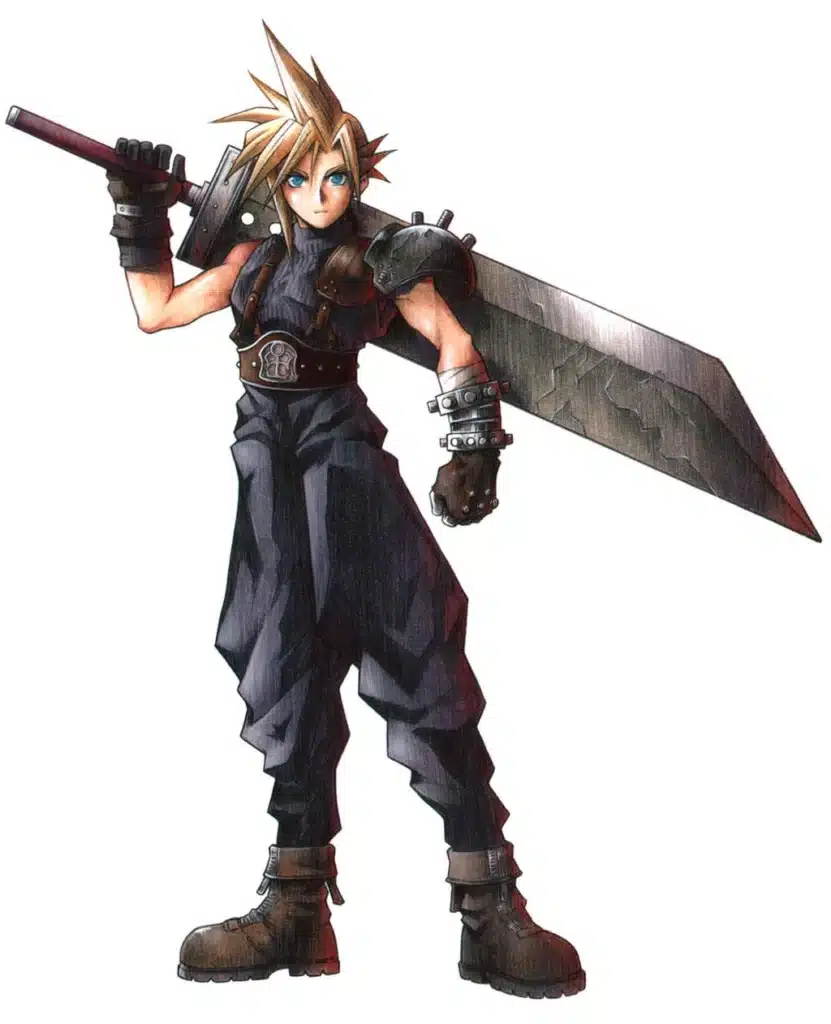
What Is A Longsword?
As we explored in our exploration of the length of Medieval longswords in our article How Long is a Longsword?, the words we use to describe medieval weapons would often not be recognised by medieval people themselves – they are often modern categorizations that have been applied many hundreds of years later by sword collectors and antiquarians. Thus, for the purposes of this article, we’re going to use the term ‘longsword’ to encompass the vast array of spada lunga, montante, spadone, espees de guerre and Zweihänder: a longsword is any straight-bladed, two-edged sword with a grip longer than a single-hand, designed for either two-handed or flexible use, either from horseback or afoot.
The Birth of the Longsword
The longsword as a specific type of weapon belongs to the Late Medieval Era. Its development is inherently linked to the development of Late Medieval armor. At the end of the High Middle Ages (c. 1250 CE), chainmail had reached just about the peak of its effectiveness. Maille outfits had grown to be long-sleeve knee-length hauberks, with chainmail mitons to cover the hands, maille sabatons over the feet, and a chainmail coif under the helmet. Weapons like armor-piercing crossbow bolts and full-speed cavalry lance impacts posed a real threat to this type of armor – and short of simple adding more layers of heavy maille rings, there wasn’t much improvement that could be made. Thus, from about 1250 CE onward, wealthy armored noblemen began to experiment with new forms of armor, adding splinted leather and small steel plates to their armor. Over the course of the next century, as the steel-craft of armor improved the proportion of plate armor body coverage improved – resulting in the traditional image of the ‘armored’ knight emerging by about 1350 CE or so.
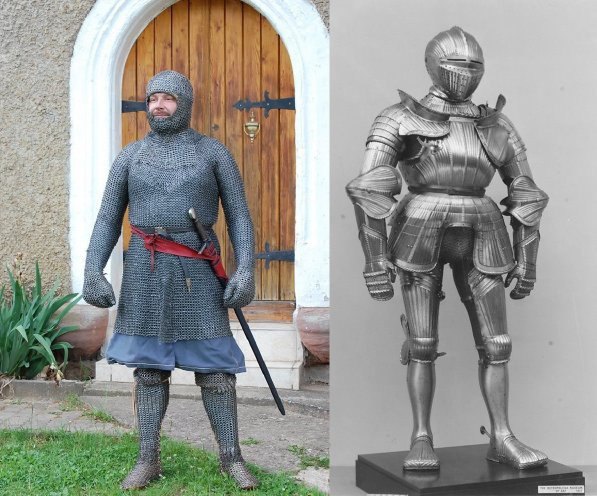
The advent of plate armor created two interrelated results: it meant that larger, heavier-hitting weapons were needed to stand a chance of compromising the plate armor – and at the same time, it meant that bulky wooden shields designed to prevent blows from reaching the body were less needed: plate armor could simply soak up most blows. Thus, the conditions for the powerful, two-handed longsword were born. Arming swords became longer, more pointed and were designed to be wielded with both hands, becoming a knight-killing weapon more akin to a giant awl (leather-working needle) for puncturing weak-points in armor rather than delivering huge slashing blows. Late Medieval Fechtbucher (‘fighting manuals’, so named because many of them are of German origin) give us clues to how this weapon was used in battle: rather than the dramatic, flowing and ostentatious sword-fighting seen in popular culture, armored fighting (‘Harnischfechten’, fighting in harness) was much closer to a sort of armed brawling, showing how armored opponents would control and maneuver their opponents into exposing weakpoints, and finishing them off quickly.
How Heavy Is A Longsword (And Why)?
So – you might already be asking – how on earth would you engage in armored wrestling wielding a sword you could barely lift? Predictably, the answer is: you couldn’t. Longswords from the actual Middle Ages are universally far lighter than most people think. For the very simplest answer for ‘how much does a longsword weigh’, we can take an average of most of the extant surviving examples from museums and private collections. This comes out somewhere between 2 lbs 3oz and 3 lbs 3oz (1-1.5kg). We can say with some confidence that ‘how heavy is a longsword’ is about 3lbs (1.25 kg). This means that most longswords wouldn’t have been much heavier than your average modern baseball bat. When you look at it closely, the answer starts to move away from ‘how much does a longsword weigh?’, towards, ‘why were they so light?’.
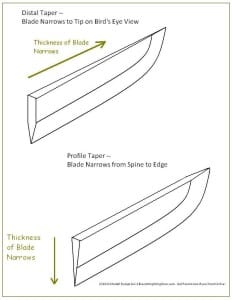
One of the key reasons why longswords remain so light despite their large size is an innovation called distal taper. Innovated by Frankish swordsmiths along the Upper Rhine around the 7th century CE, distal taper means that a blade becomes narrower in cross-section (‘thinner’) towards the tip, meaning that its weight is distributed much closer to the hand of the wielder. This produces a faster, lighter blade, with much better handling characteristics – without losing much in ruggedness. For a longsword, distal taper would later permit swordsmiths to make large two-handed swords that still only weighed as much as a craftsman’s hammer.
Early Longswords
If we start to break down the longsword into different periods and regions, we can see that this weapon was actually a response to quite a diverse series of battlefield requirements, which all required it to be light and maneuverable. In the early period of the longsword, before about 1350 or so, the answer to ‘how much does a longsword weigh’ is likely strongly limited by what was practical to wield from horseback. The first proto-longswords were really just knightly arming sword blades with longer hilts, a so-called ‘hand-and-a-half sword’. This meant that they could be used with a single hand from horseback, but whilst dismounted they could be used flexibly with either a single or two-handed grip to deliver extra force.
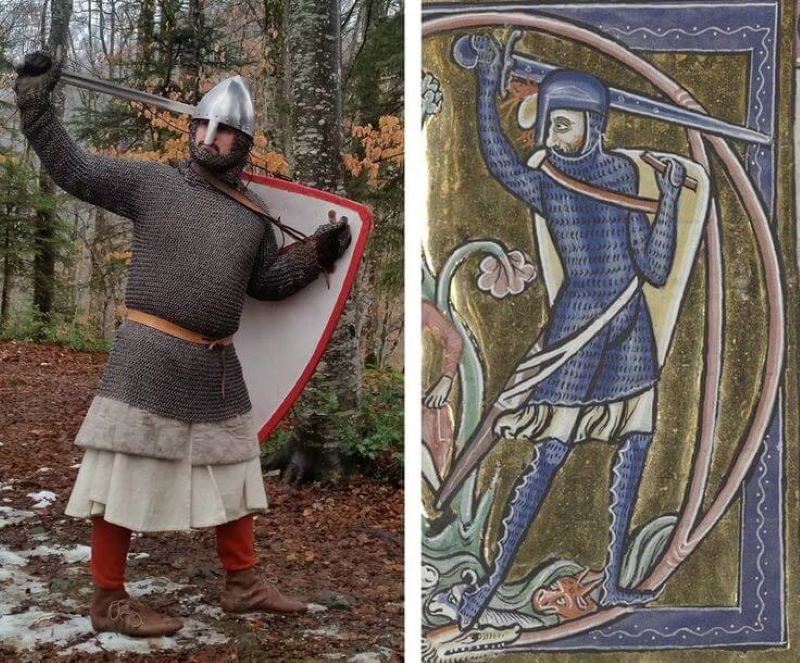
These were often paired with a shield attached to the forearm and slung over the shoulder with a long strap called a guige – although this made the shield considerably less maneuverable, it was a good compromise between defense and increased cutting power. Light swords little heavier than traditional arming swords around 2lbs (0.9kg) were best for this type – since they belong to the age of maille armor, they were still configured predominantly as cutting swords, and the extra hand-space on the hilt were designed merely to magnify the ability to burst maille.
The Knight-Killer
As the age of plate armor dawned, so too did sword designs begin to shift. This change wasn’t linear or uniform: experimentation across Europe was haphazard, and where older forms of armor persisted so too did older forms of weaponry. But nevertheless, where transitional and plate armors become more common, longswords became more widely adopted, and their design changed quite radically: from swords designed primarily to cut, to those designed primarily to pierce. Some longswords, such as those classified as Type XVa by Oakeshott have an even taper from hilt to point, resembling a giant needle. Furthermore, their cross-section became generally less lenticular (lens-shaped) and more diamond-shaped: this resulted in blades that were stiffer, probably less good at cutting, but which could punch through vulnerabilities where armor plates met.

One of the finest example of this type is the sword reputed to have been that of Edward the Black Prince. Although the original is in a private collection, accurate reproductions of the weapon are somewhat on the heavy end of the range, weighing around 3 ½ lbs (1.6 kg). This means the weapon would still have been extremely wieldy and fast – but it would have had a percussive weight, especially given its stiff diamond-cross-section. Contemporary records talk of bone breakage, concussions and terrible internal injuries delivered by longswords – purely from the percussive force transmitted through solid plate armor, without ever cutting the skin.
The Monstrous Claymore
Later forms of the longsword are perhaps the heaviest – but they remain remarkable feats of slimline engineering considering their great size. The Scottish claymore is perhaps the heaviest style of two-handed sword. Cast out notions of Mel Gibson, William Wallace and the First Scottish War of Independence – the real historical claymore wasn’t wielded by Scots warriors for about a century after the death of William Wallace. Scots mercenaries who served on the Continent in the early 1400s developed a liking for the large swords used by Swiss and German fighters, and they took this tradition to extremes – importing the largest German steel blades and finishing them with distinctively Scottish hilts.

The claymore (Scottish Gaelic: claidheamh-mòr, literally “great sword”), was around 50 inches in length, not far short of the average adult height of the time. Claymores weighed on average a whopping 5 1/5 lbs (2.5kg), making them much more awkward than their continental cousins – but this number might well be skewed by some over-large ceremonial swords which have been inaccurately catalogued by museums. Far from a band of ill-disciplined woad-smeared Celts (thanks, Braveheart) the Scots military culture was highly developed, and very similar to other Continental militaries at the time, featuring pike formations, fully-armored men-at-arms and even early battlefield firearms – as well as fearsome Highland clansmen wielding the fearsome claymore. Amongst the lightly-armored infantry formations of the Renaissance Era, the longsword could be specialized as a cutting weapon, carving space for other troops to exploit.
So – we can pretty comprehensively answer ‘how much does a longsword weigh’: it depends on where, when and what it was used for. The early longswords used by mounted knights were little more than slightly extended arming swords, and so pretty only weighed a couple of pounds. But by the end of the Medieval era, the longsword had become a rigid knight-killer, weight north of three pounds – or a devastating anti-troop weapon that might have weighed five or more.

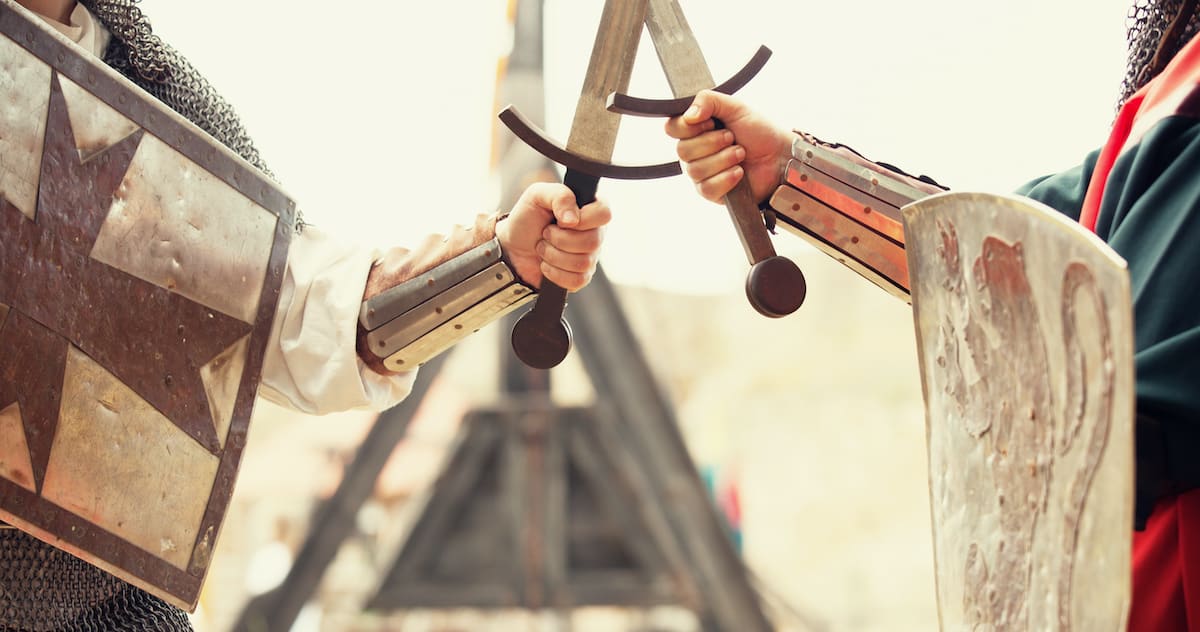 Historical Swords
Historical Swords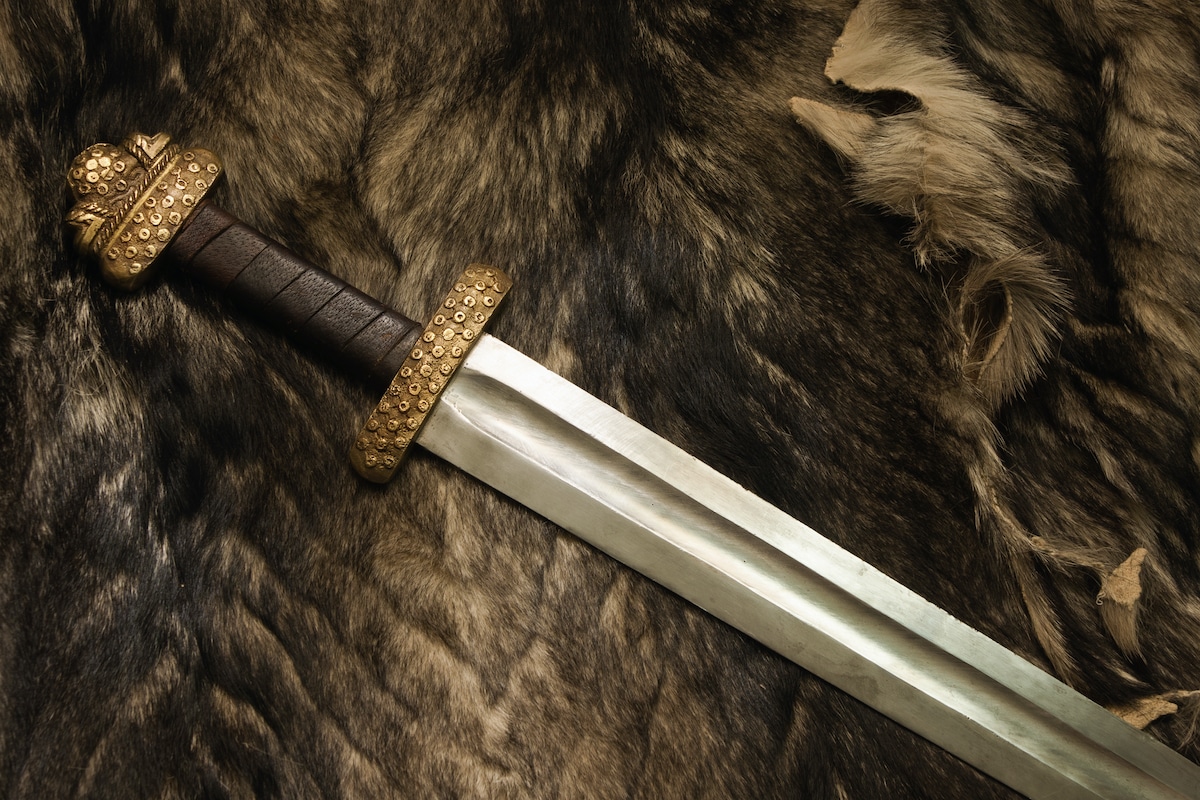 Norse & Viking Swords
Norse & Viking Swords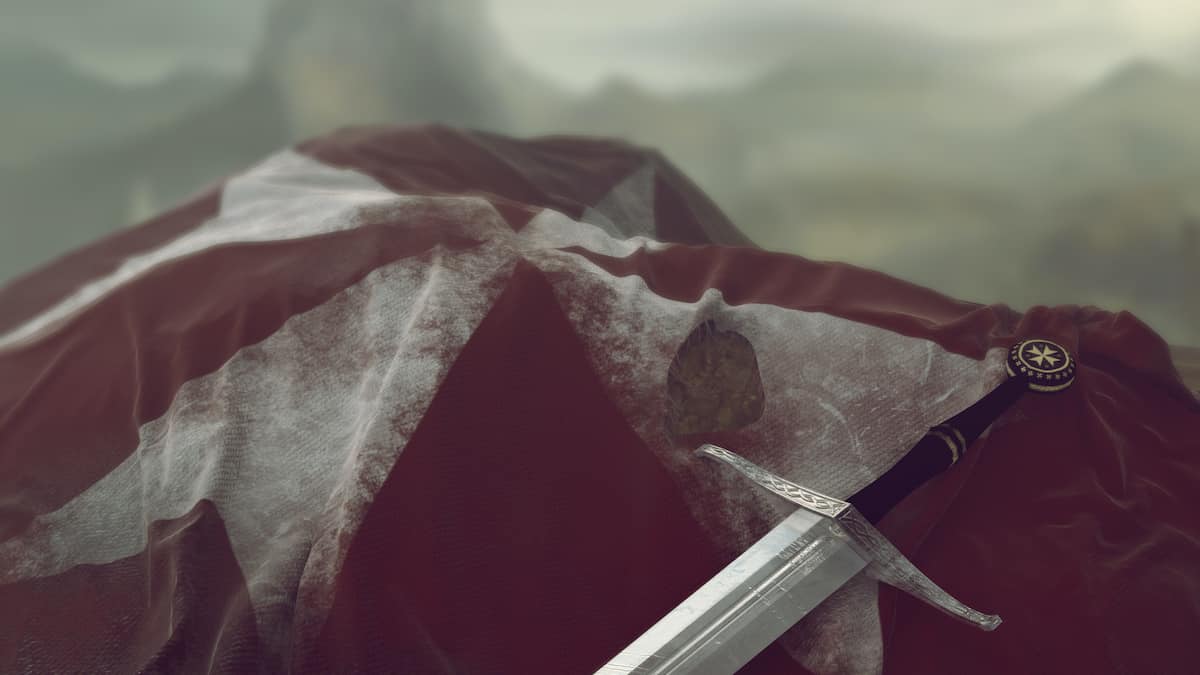 Templar Swords
Templar Swords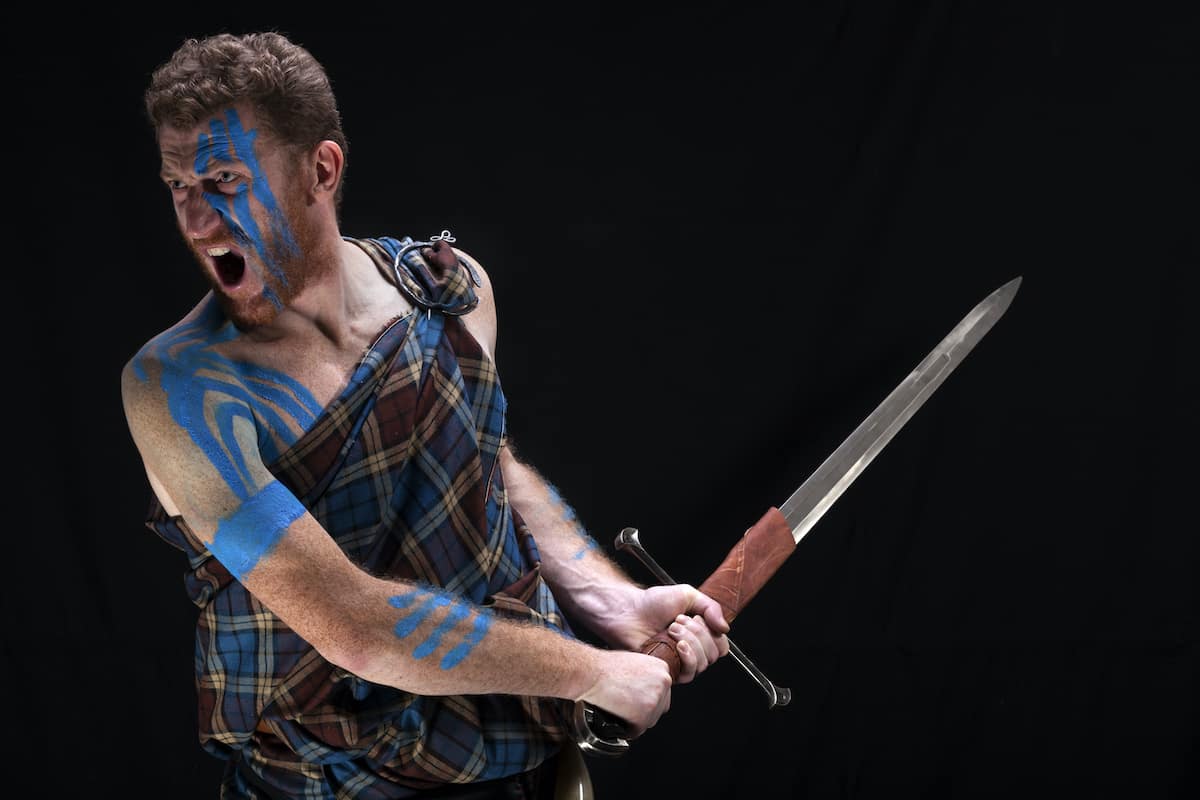 Claymore Swords
Claymore Swords Fantasy Swords
Fantasy Swords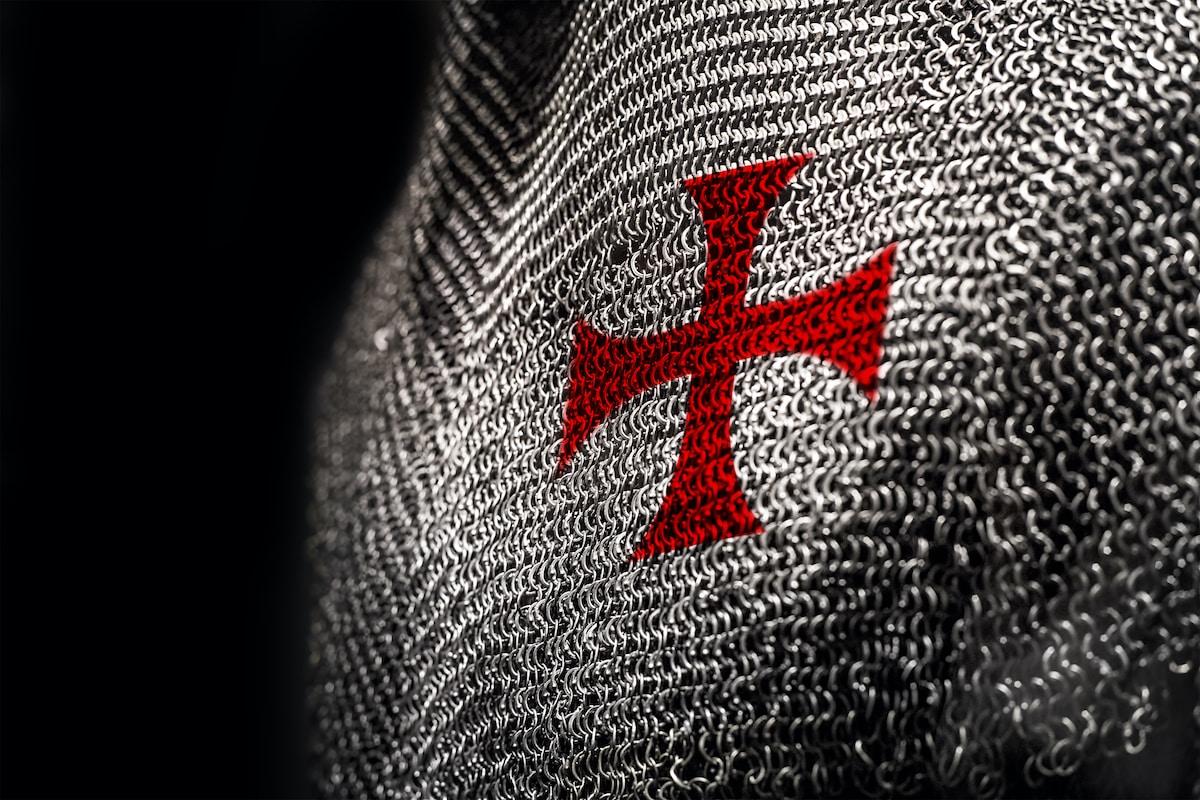 Chainmail
Chainmail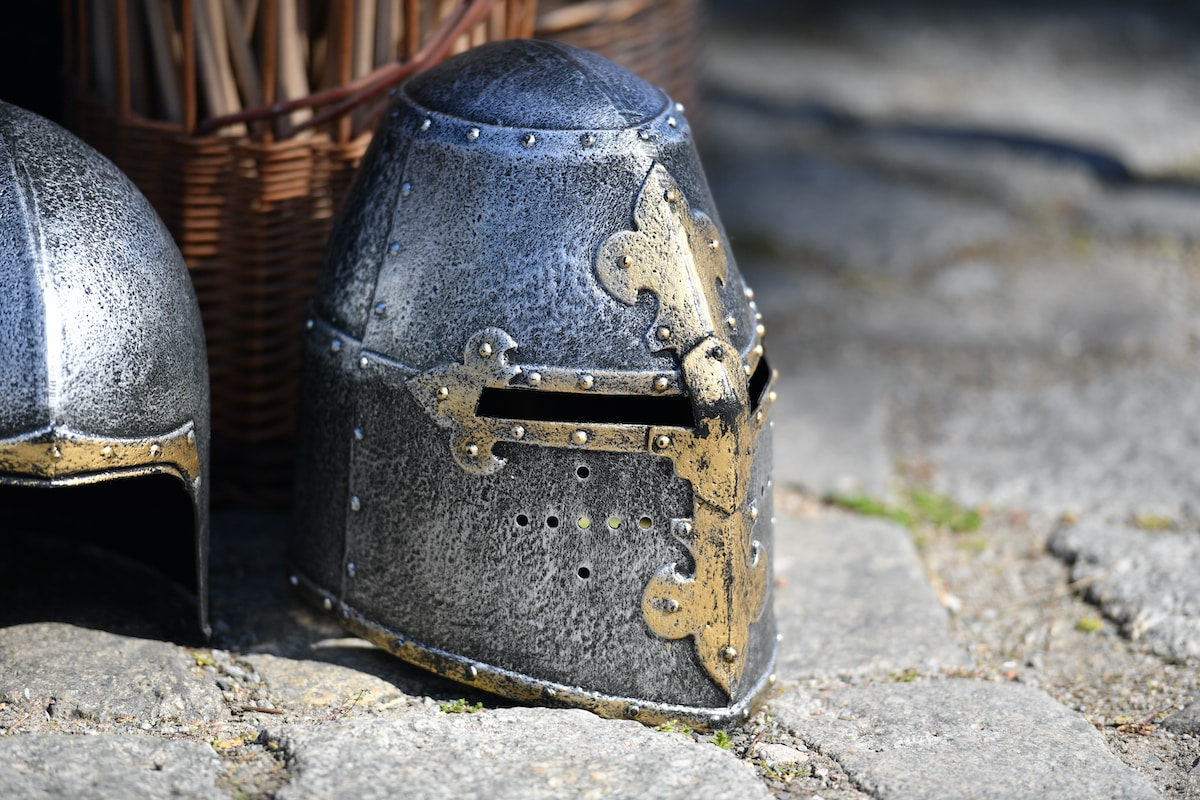 Helmets
Helmets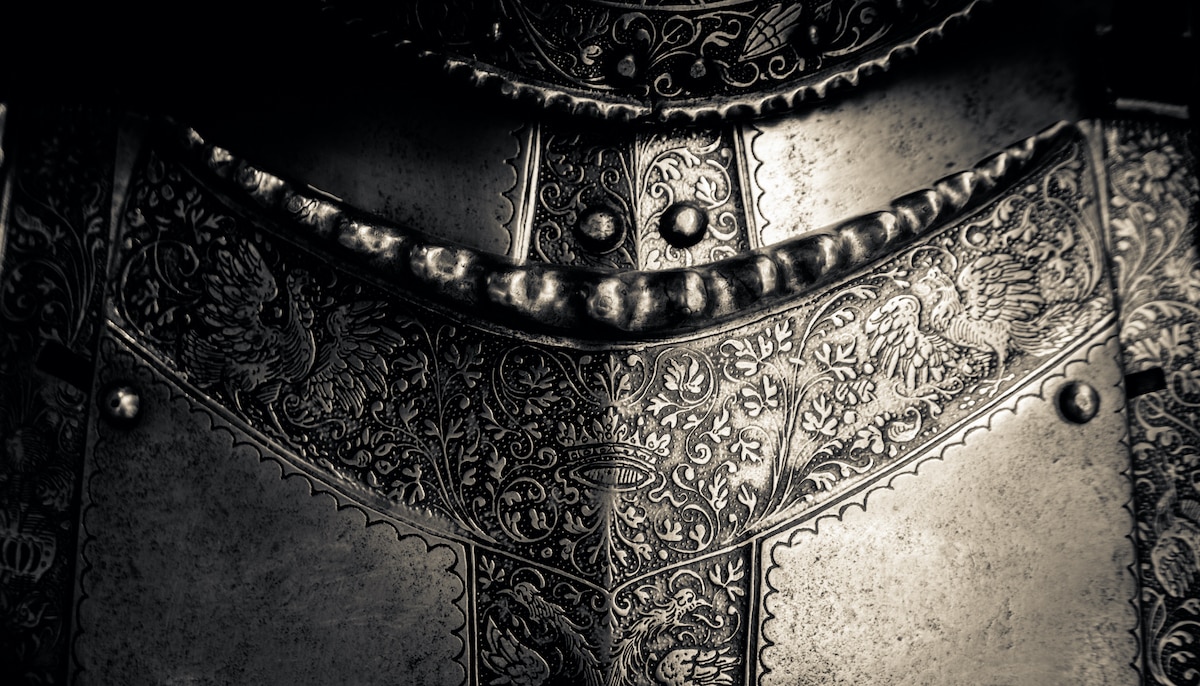 Torso Armor
Torso Armor Bracers and Arm Protection
Bracers and Arm Protection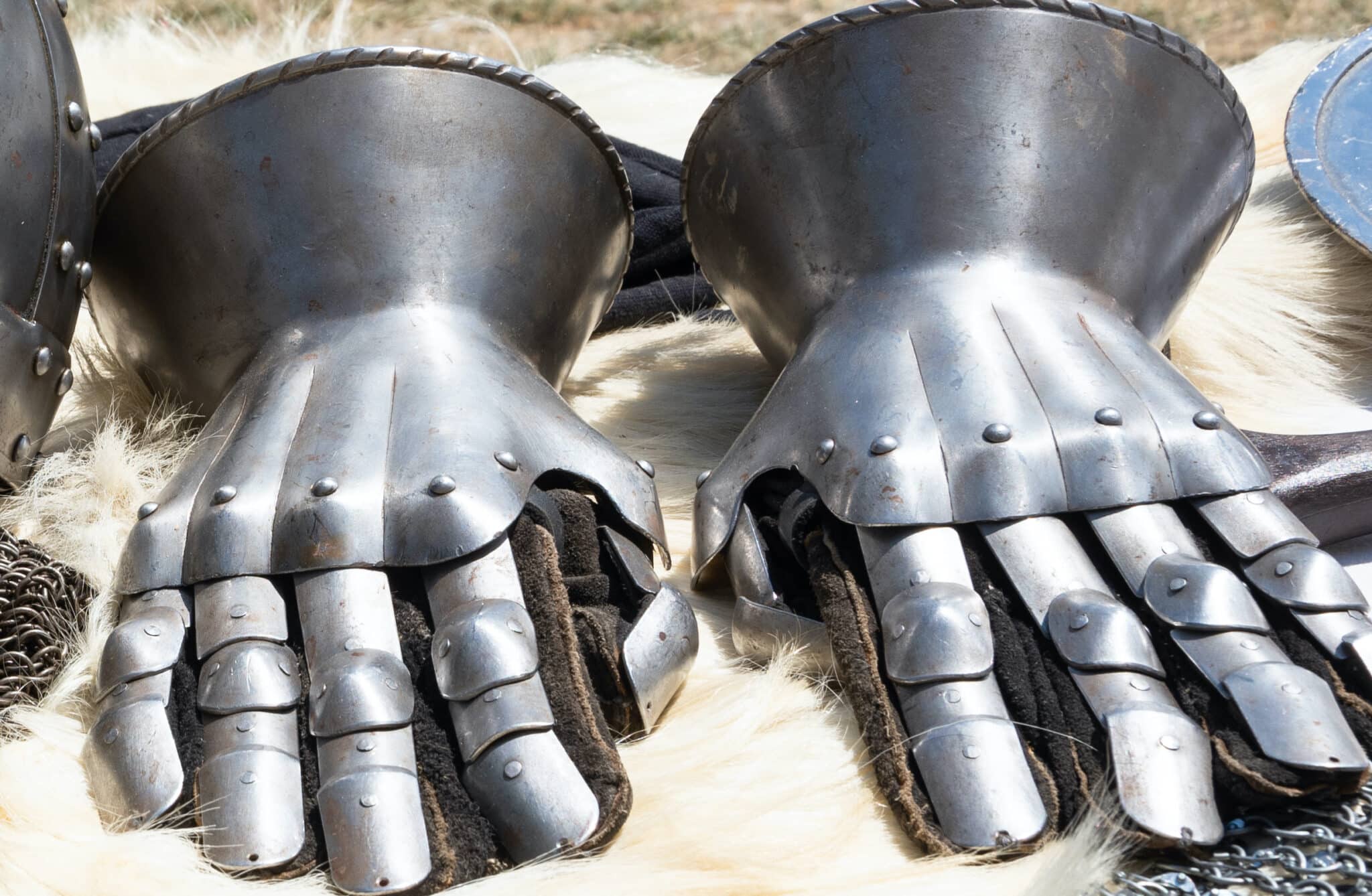 Gauntlets
Gauntlets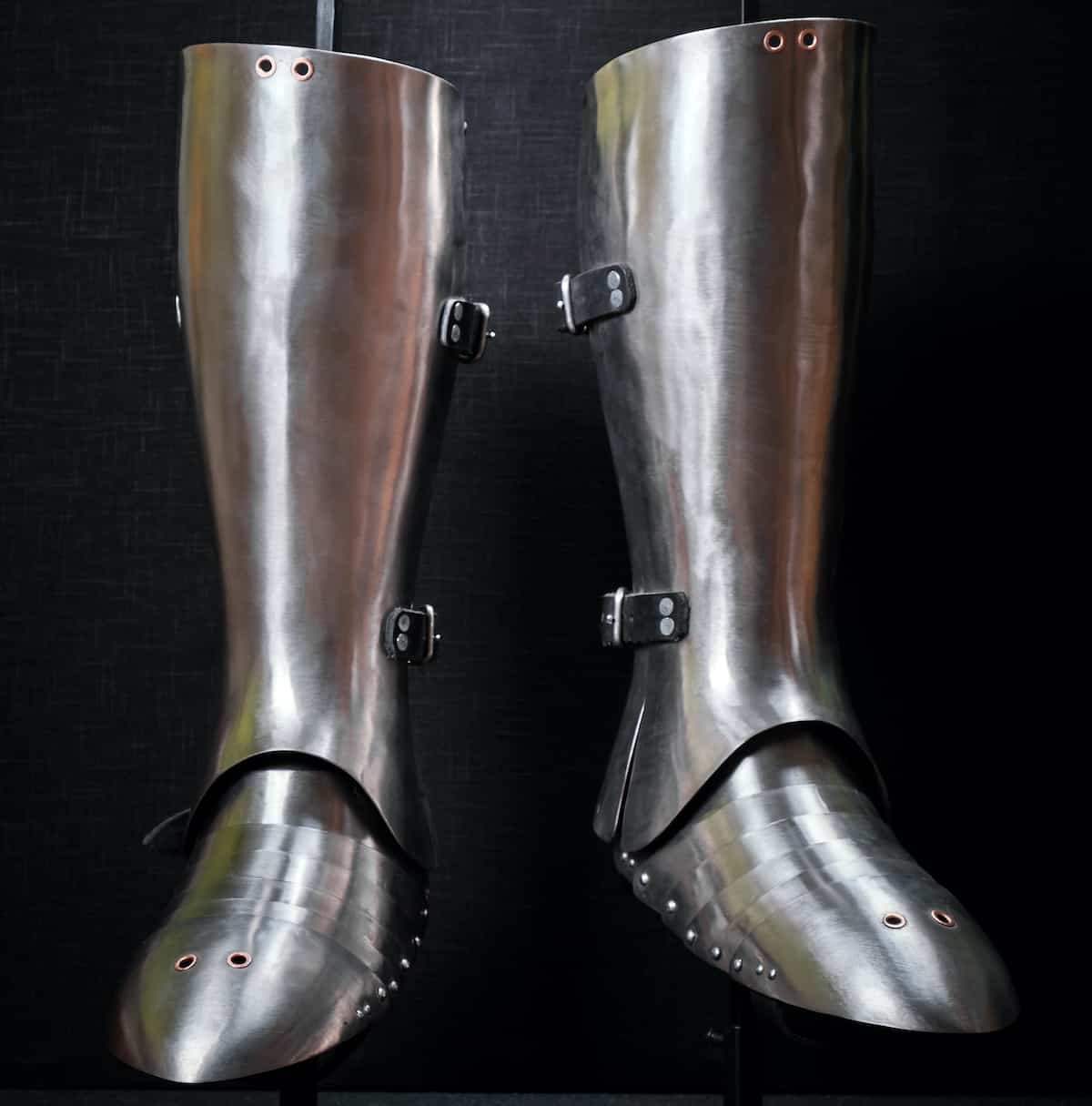 Leg Armor
Leg Armor Cloaks
Cloaks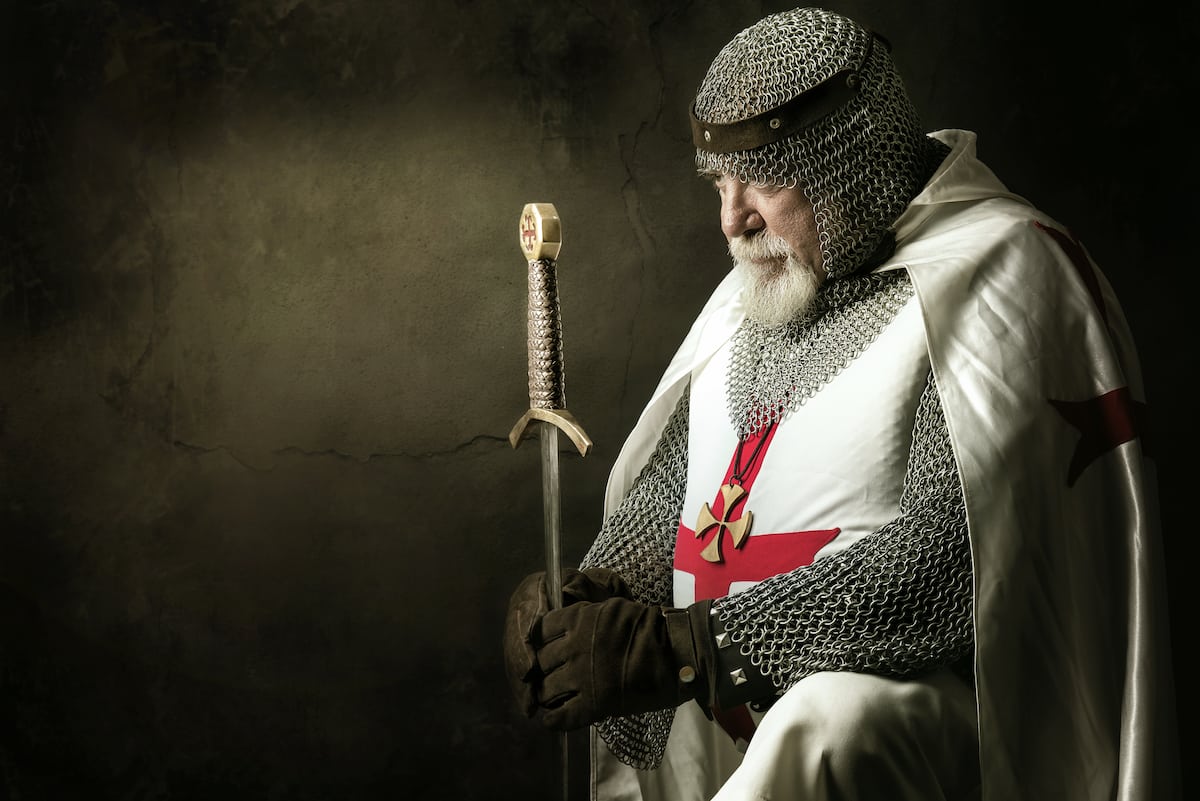 Tabards
Tabards Shirts
Shirts Tunics
Tunics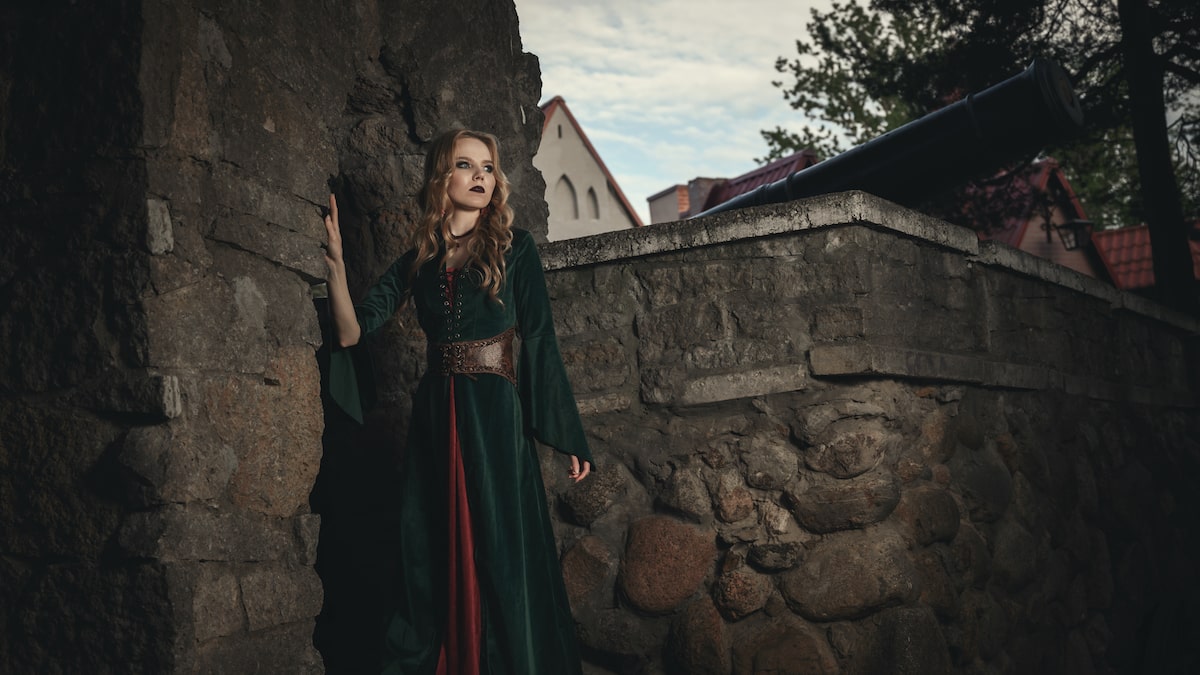 Dresses
Dresses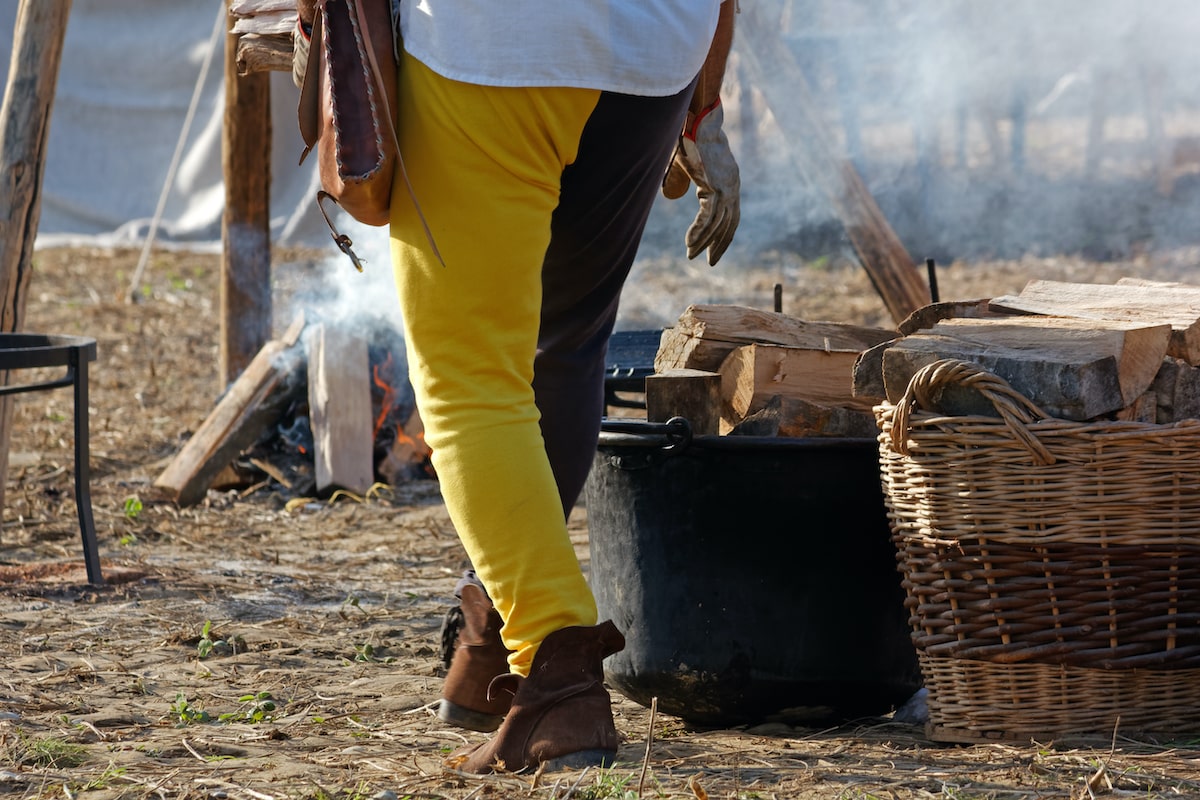 Pants
Pants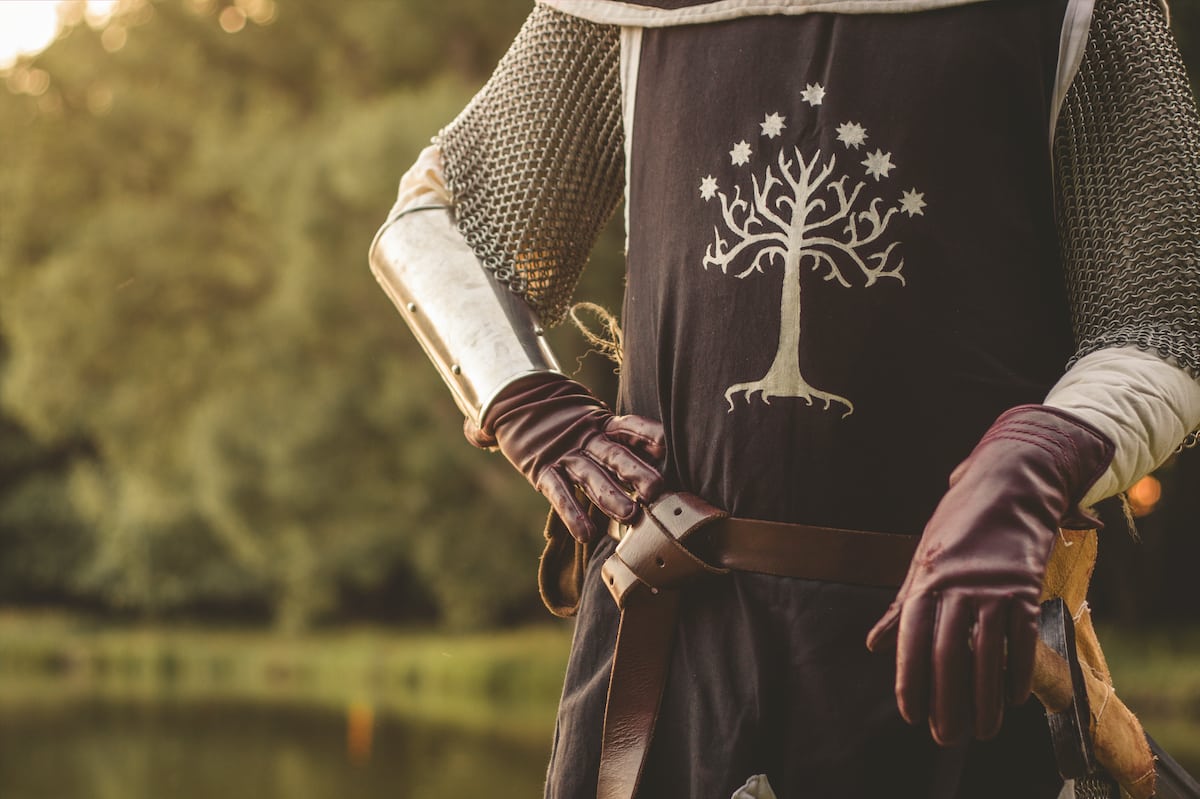 Gloves
Gloves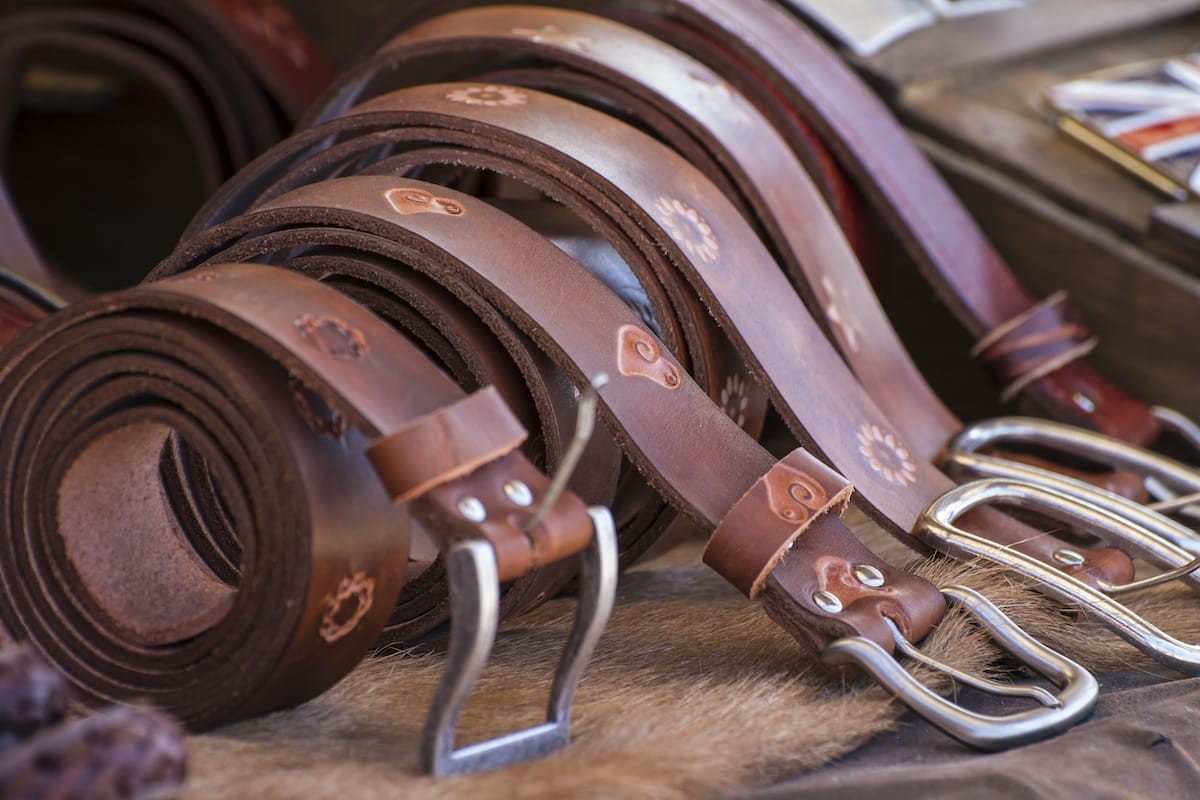 Belts
Belts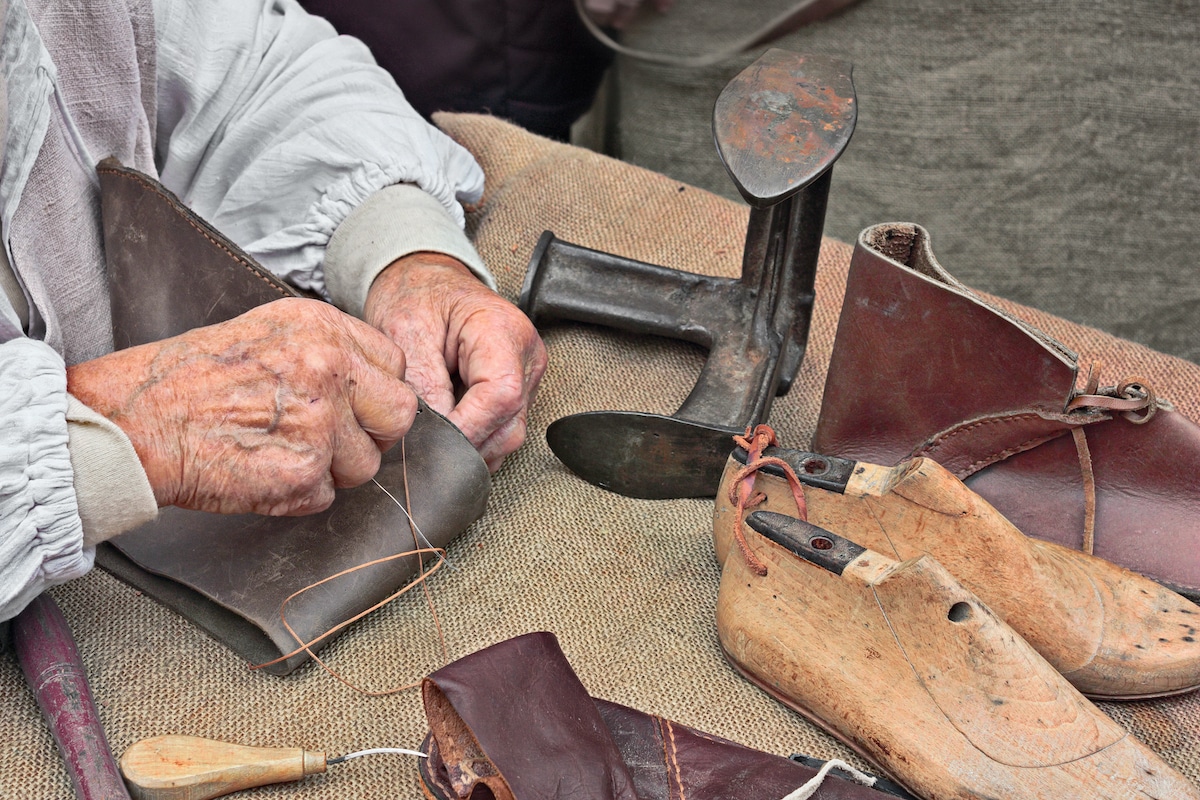 Shoes
Shoes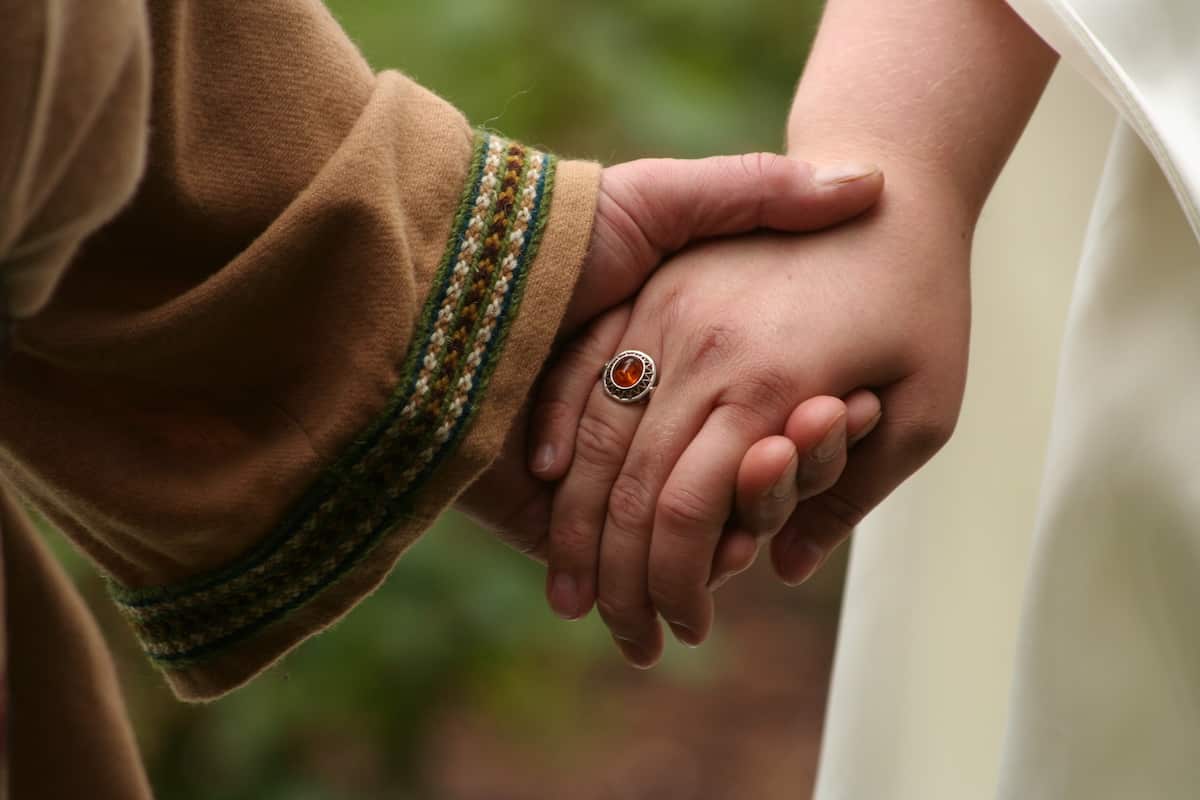 Rings
Rings Necklaces & Pendants
Necklaces & Pendants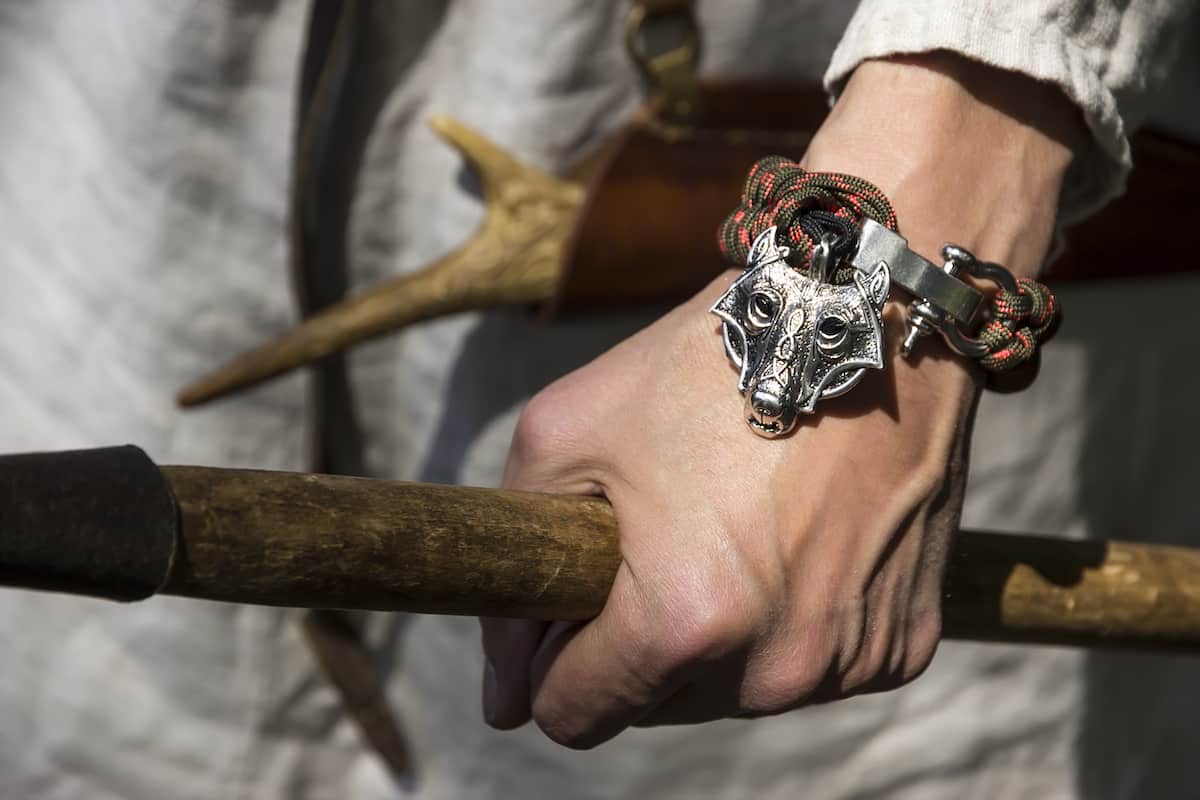 Bracelets
Bracelets


